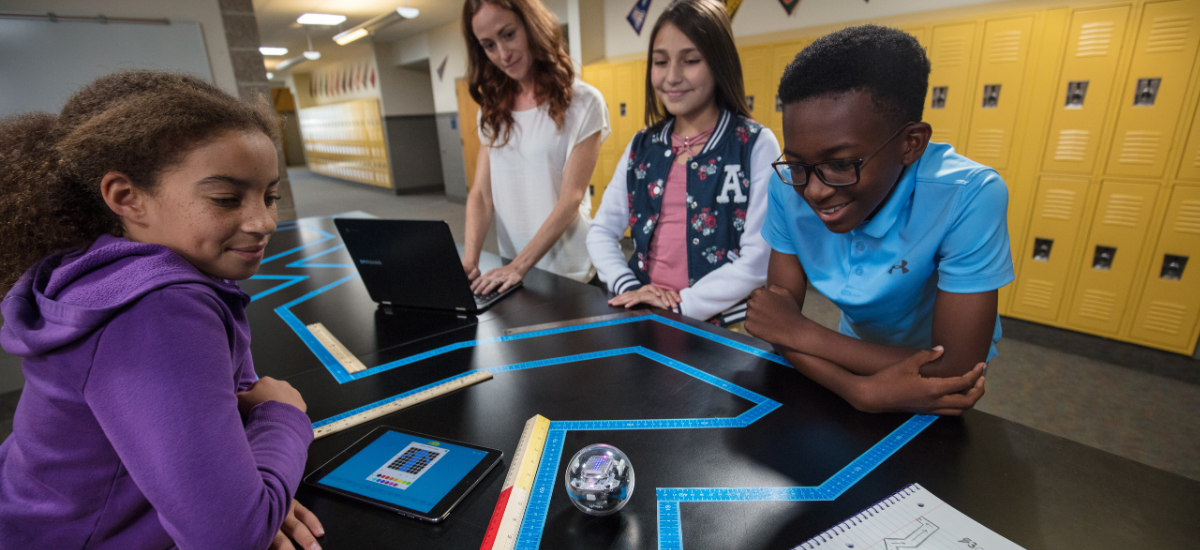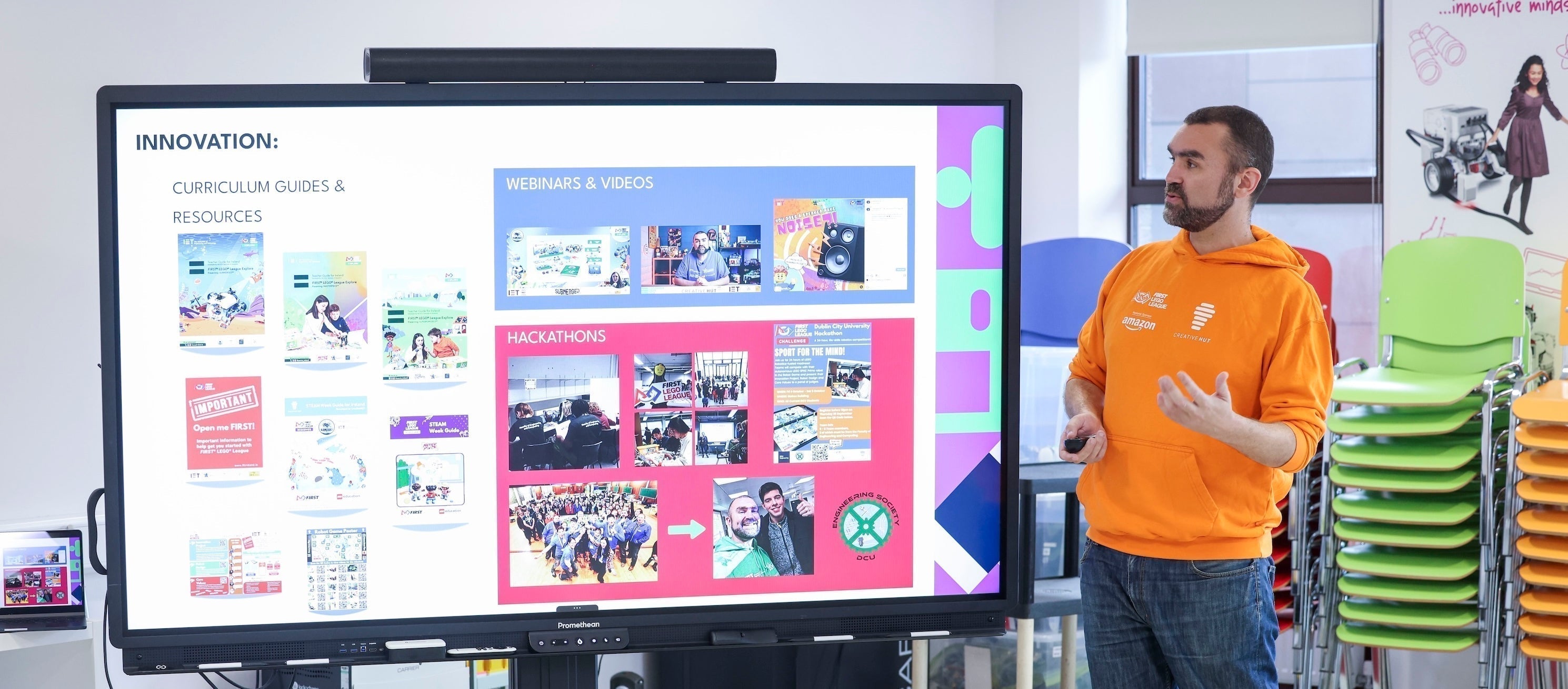One of the most common questions teachers ask is: “Which LEGO® Education SPIKE™ set is right for our learners?”
Both SPIKE Essential and SPIKE PRIME are designed to teach STEM, coding, and problem-solving skills. Each set, however, targets different age groups and learning outcomes. Understanding these differences can help you choose the most suitable option for your classroom.

1. Age Group & Learning Stage
SPIKE Essential: Designed for learners aged 6–10 (UK Key Stages 1–2, Irish Primary). It introduces computational thinking through playful, hands-on activities across STEM subjects.
SPIKE PRIME: Aimed at learners aged 10+ (UK Key Stage 3, Irish Junior Cycle). It builds on earlier foundations with more advanced robotics, engineering, and coding challenges.
2. Building Style
SPIKE Essential: Combines colourful LEGO® bricks with a small number of Technic elements. Builds are simple, engaging, and accessible for younger learners.
SPIKE PRIME: Uses a wider range of Technic beams, gears, and connectors. This allows for more complex designs that develop problem-solving and engineering skills.

3. Hardware & Electronics
SPIKE Essential: Small Hub (2 ports), 2 motors, 1 colour sensor, and a 3×3 light matrix.
SPIKE PRIME: Large Hub (6 ports, built-in gyro, speaker, 5×5 LED matrix), 3 motors, and 3 sensors (distance, force, colour).
4. Coding Pathways
SPIKE Essential: Uses icon- and word-block-based coding. The interface is intuitive and well suited for early readers, similar in style to Scratch Jr.
SPIKE PRIME: Provides block-based coding (Scratch) and text-based coding (Python). This combination supports progression into secondary-level computing and links to real-world applications.
5. Themes, Curriculum Fit & Competitions
SPIKE Essential: Lessons connect with primary-level literacy, numeracy, and science. Minifigure story animations introduce real-world scenarios to build and code around.
SPIKE PRIME: Lessons are organised into themes such as Invention Squad, Kickstart a Business, and Training Trackers, which support deeper exploration of engineering and design. SPIKE PRIME is also widely used in competitions such as the FIRST® LEGO League Challenge.

Conclusion
Both SPIKE Essential and SPIKE PRIME provide high-quality STEM learning experiences, designed to complement each other across different stages of education. SPIKE Essential supports younger learners as they begin to develop problem-solving and coding skills. SPIKE PRIME extends learning into advanced robotics and programming, preparing students for future studies in STEM. Many schools choose to use both sets to ensure a smooth progression from primary through secondary education.
Still not sure? Contact Creative Hut and we’ll help you find the perfect fit for your classroom.







Share:
Top 10 statistics on why coding is a critical skill for the future
Discovering Dyslexia: A Journey of Understanding, Hope and Hands-On STEM Support